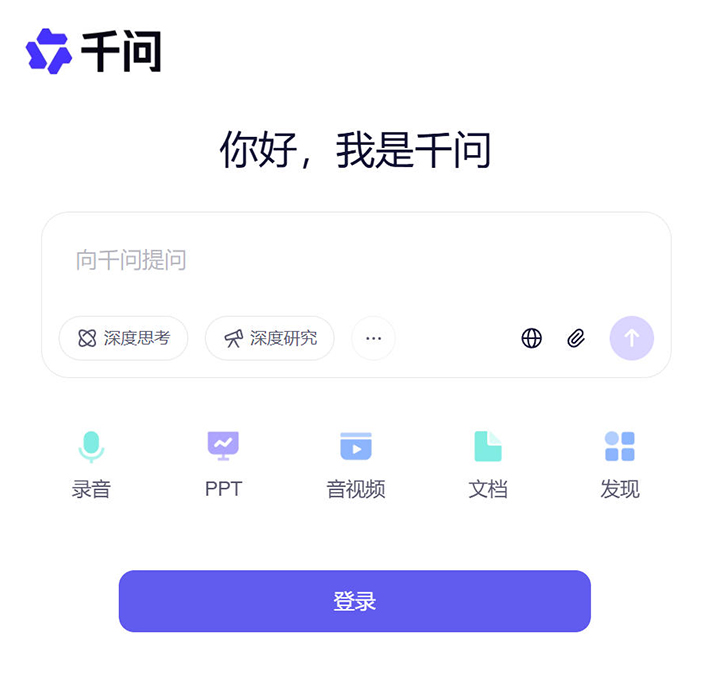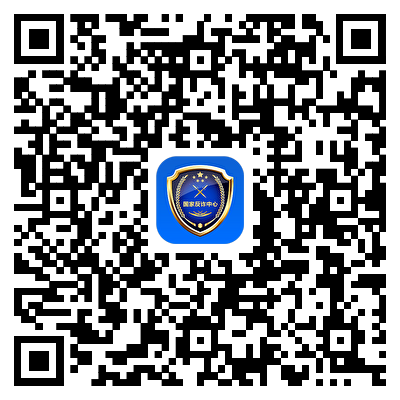Detecting AI-Generated Content: A Comprehensive Guide to Understanding and Identifying AIGC
Imagine scrolling through your favorite blog or social media feed and stumbling upon an article that feels eerily perfect—too flawless, perhaps, for human hands. Could it be the work of artificial intelligence? In today’s digital era, AI-generated content (AIGC) has exploded in popularity, reshaping how we create and consume information. From viral news posts to marketing copy, AIGC leverages advanced algorithms to produce text, images, and videos at unprecedented scale. But with this convenience comes a critical challenge: how can we reliably discern if content was crafted by humans or machines? As AIGC becomes increASIngly sophisticated, the ability to detect its presence is not just a curiosity—it’s essential for maintaining trust, authenticity, and integrity in online spaces. This article delves deep into AIGC, exploring its fundamentals, detection methods, and broader implications, all while equipping you with actionable insights to navigate this evolving landscape.
Understanding AIGC: The Foundation of AI-Generated Content
AIGC refers to any content—text, audio, video, or imagery—created using artificial intelligence models rather than human effort. At its core, AIGC relies on Generative AI technologies like large language models (LLMs), such as GPT-4 or Bard, and image generators like DALL-E. These systems are trained on vast datasets of human-created content, learning patterns to produce outputs that mimic human artistry. For instance, a tool like ChatGPT can generate a blog post on any topic in seconds, while Midjourney crafts photorealistic images based on simple prompts. The rise of AIGC has been fueled by its efficiency and cost-effectiveness; businesses use it for automating customer service, creating social media posts, or drafting reports, saving time and resources. However, this innovation isn’t without risks. AIGC often exhibits subtle artifacts—such as overly formal language, repetitive phrases, or unnatural coherence—that can erode user trust when undetected. Historically, this technology evolved from ruDIMentary chatbots to today’s nuanced systems, enabling applications in education (e.g., personalized tutoring), entertainment (e.g., AI-written scripts), and beyond. As AIGC integrates deeper into digital ecosystems, understanding its mechanics is key to leveraging its benefits while mitigating potential pitfalls like misinformation or ethical dilemmas.
The detection of AIGC hinges on identifying these telltale signs, which often stem from the probabilistic nature of AI models. Unlike human writing, which incorporates idiosyncrasies, emotions, and contextual inconsistencies, AI-generated content typically displays high fluency with low variability—meaning it sounds polished but lacks the orGANic errors that make human output relatable. For example, AI text might avoid slang, overuse certain phrases, or maintain an unnaturally consistent tone across long passages. This is where specialized tools come into play; platforms like Turnitin’s AI Detector or OpenAI’s Classifier analyze patterns in syntax, semantics, and structure to flag potential AI involvement. By examining features such as perplexity (a measure of unpredictability) or burstiness (variation in sentence length), these tools can achieve high accuracy in verification. Crucially, detection isn’t foolproof yet, as AI models continually evolve to mimic human flAWS. Still, combining manual scrutiny with automated tools enhances reliability, ensuring that users can distinguish authentic contributions from machine-generated facades.
Key Methods for Detecting AI-Generated Content
To effectively determine if content is AI-generated, a multi-faceted approach is essential. Start by examining stylistic cues: human-written text often includes personal anecdotes, nuanced transitions, or emotional depth, whereas AC tends to prioritize efficiency, resulting in formulaic or overly logical flow. For instance, a blog post might feel “too perfect” with flawless grammar and minimal digressions. Technologies for detection leverage this disparity using AI itself—machine learning models trained on datasets of both human and AI outputs. Tools like Copyleaks or GPTZero employ this technique, scanning for patterns like low perplexity or high coherence that signal automation. These platforms generate a probability score, indicating the likelihood of AI involvement, which helps in contexts like academic integrity or content moderation. Beyond software, human analysis remains ViTal; professionals can spot inconsistencies, such as lack of real-world context or factual errors, that AI might overlook. In SEO optimization, detecting AIGC is particularly critical, as search engines prioritize authentic, high-quality content. Websites with undetected AIGC risk penalties if their material seems spammy or generic, impacting rankings. To integrate detection seamlessly, marketers should use tools like Originality.ai for pre-publish checks, ensuring content aligns with SEO best practices.
The implications of undetected AIGC extend beyond SEO to broader societal concerns. In digital ethics, the proliferation of unchecked AIGC can fuel misinformation, deepfakes, or copyright issues, undermining trust in media. For creators and consumers alike, verifying content is paramount—tools like Hugging Face’s detectors offer open-source solutions, promoting transparency. As AIGC advances, staying informed about emerging detection strategies, such as watermarking AI outputs or blockchain-based verification, empowers users to foster a more authentic online environment. By embracing these methods, we can harness the power of AI while preserving human ingenuity.








 津公网安备12011002023007号
津公网安备12011002023007号